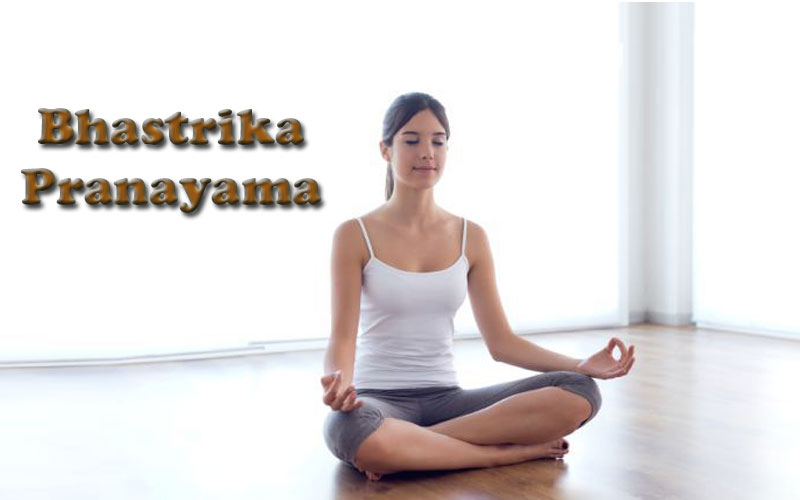The problem of cough-cold, fever and sinus pains in the winter season is common. Due to the low temperature of the atmosphere in this season, your metabolism becomes weak and disease resistance decreases. If you do yoga for a while, then you can stay healthy and happy. Yoga gets rid of not only physical but mental troubles too soon. One such asana is the Bhastrika Asana, which can help you relax in cold-cold, fever, viral infection, sinus pains, asthma and diabetes. Let us tell you the benefits of this yoga and the right way to do it.
How beneficial is Bhastrika pranayama?
Bhastrika Pranayam increases the amount of oxygen in the body, so this pranayama is beneficial for the whole body. With its regular practice, problems like asthma, cough, allergies, colds and cough are alleviated because these pranayam increases the body’s immune system. The practice of diabetes is controlled by this posture. Increasing the amount of oxygen in the body increases glow on the face and body.
Increases blood circulation
Bhastrika Pranayam gives arteries sufficient oxygen to the arteries. It does not have any kind of blockage in the arteries. Along with this, lung function also increases. Bhastrika Pranayama makes blood circulation smooth in the body. With this, the components of the body begin to work properly.
How to do Bhastrika Pranayama?
- First sit in the posture of sukhasan.
- Keep your neck and spine straight and apply knowledge forearm.
- Fill deep breaths with full power in the lungs.
- As much pressure as you are breathing, let it flow out with the same pressure.
- Take two to two and a half hours to breathe.
- While breathing, bow down slightly and bend forward slightly, leaving breath.
Which people should not practice?
Bhastrika Pranayam is very beneficial for the body, but in certain situations it should not be practiced or should be done only with the advice of an expert. For example, people suffering from pain in the waist, hernias, appendices and intestinal diseases do not do it. Do not do this asana more than five minutes daily. In severe disease like cancer, it can be done for up to 10 minutes.

